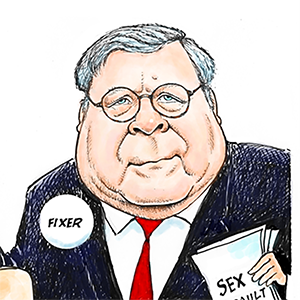Health Insurance Benefits: Exploring Individual Health Insurance Options
Published in BenefitsWise
Individual health insurance plays a pivotal role in providing access to healthcare services for those without employer-based coverage. Understanding the nuances of marketplaces, direct purchase options, and the associated costs can empower consumers to make informed decisions about their healthcare coverage.
Marketplaces and Direct Purchase:
Individuals without access to employer-based insurance can purchase health insurance through state or federal marketplaces during the open enrollment period. These marketplaces offer a variety of plans with different coverage levels, allowing consumers to choose a plan that best meets their needs and budget. Alternatively, individuals can opt to buy health insurance directly from insurance companies, agents, or brokers outside of the marketplace.
Premiums, Deductibles, and Out-of-Pocket Costs:
Premiums are the monthly fees that individuals pay to maintain their health insurance coverage. The cost of premiums varies based on the chosen plan, age, location, and smoking status. Deductibles are the amounts that consumers must pay for covered services before the insurance begins to pay. After meeting the deductible, individuals may still have to pay a portion of the costs, known as coinsurance, until reaching the out-of-pocket maximum. Once this maximum is reached, the insurance covers 100% of the covered services for the remainder of the plan year.
Coverage Levels:
Health insurance plans in the marketplace are categorized into four metal levels: Bronze, Silver, Gold, and Platinum. These levels represent different balances of premium costs and out-of-pocket expenses. Bronze plans usually have the lowest premiums but the highest out-of-pocket costs, making them suitable for those with minimal healthcare needs. Platinum plans, with the highest premiums, are designed for individuals who require extensive healthcare services, offering lower out-of-pocket expenses. Consumers should consider their healthcare needs, financial situation, and preferred balance of premium versus out-of-pocket costs when selecting a coverage level.
Conclusion:
Individual health insurance is a vital resource for those lacking access to employer-based coverage, offering various options through marketplaces and direct purchases. Consumers must consider the trade-offs between premiums, deductibles, and out-of-pocket costs to select a suitable plan. By assessing individual healthcare needs and financial capabilities, one can choose a plan with the appropriate coverage level, ensuring access to essential healthcare services while managing costs effectively. Whether it is a lower-premium, higher-out-of-pocket Bronze plan or a higher-premium, lower-out-of-pocket Platinum plan, understanding the intricacies of individual health insurance enables consumers to navigate their healthcare journey with confidence.
Note: These articles are not a substitute for professional financial or legal advice. Always consult professionals for your specific needs.
This article was generated by Open AI with human guidance and editing along the way.





























Comments